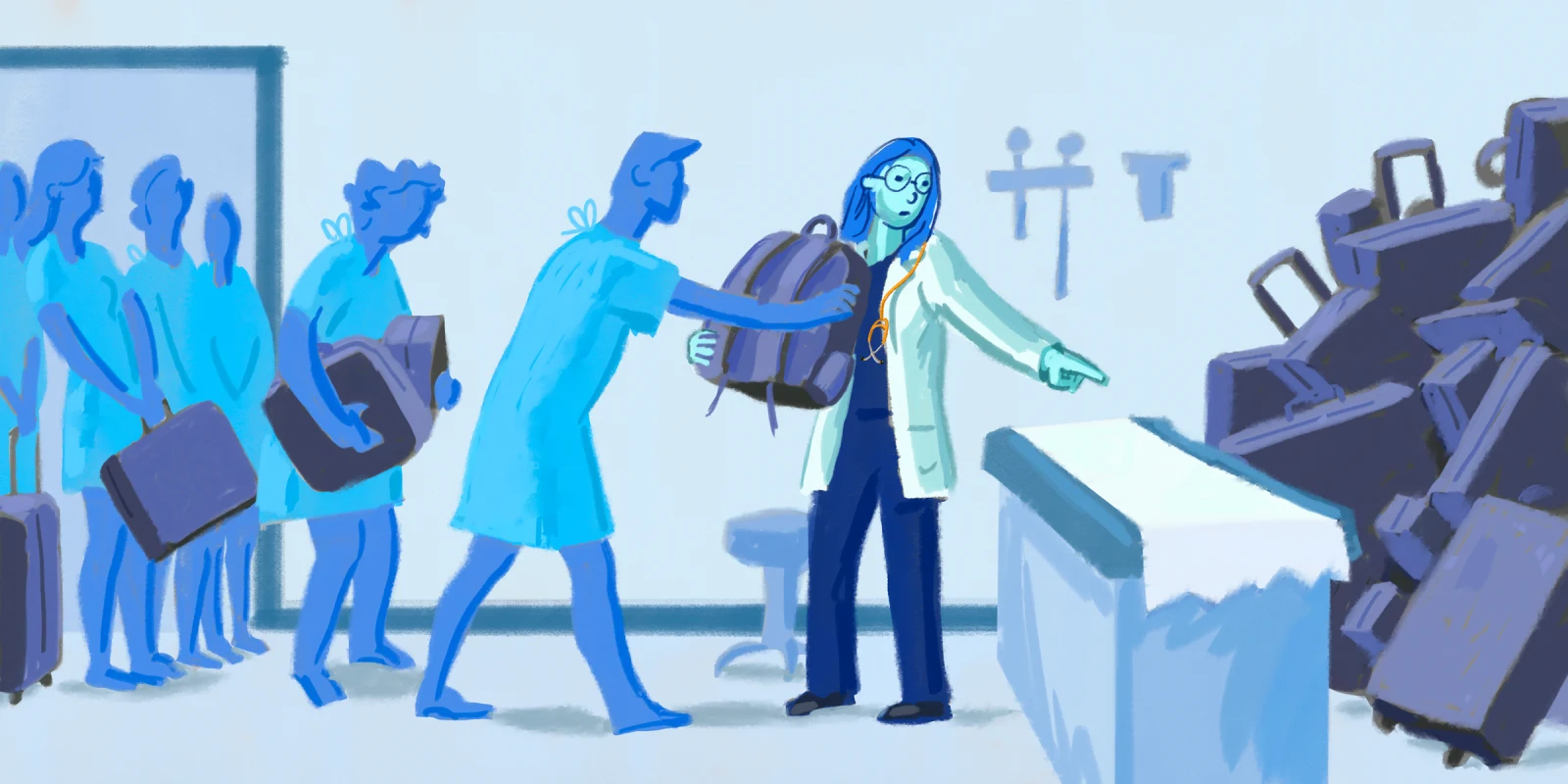Over the last 60 years, the relationship between doctors and patients has radically changed. Long gone are the days of paternalistic medicine, where physicians told their patients what they needed and their patients agreed, no questions asked. The epitome of this mid-20th century medicine was the fictional television doctor Marcus Welby, MD. For seven seasons, starting in 1969, Dr. Welby looked after patients much as a father raising his children would — and patients did what they were told.
This paternalistic model of medical practice, where power lay inordinately with the physician, morphed to a consumer model, where power lay more with the patient. Now, we live in an age of bureaucracy, where power lies — to the detriment of both patients and physicians — with insurance companies and third-party payers.
Patient education has been transformed in the process. In the paternalistic era, patients weren’t always told what was wrong, especially with diseases like cancer. The concept of patient autonomy and informed consent was in its infancy, and the term informed consent only came into common usage in 1957. The Nuremberg Code, a product of the Nazi war crimes trials, and the Belmont Report, which resulted from the unethical Tuskegee syphilis studies, were key landmarks in our understanding of patients’ rights and informed consent.
In my early years in practice, most of my time with a patient during the initial consultation was used to educate them about their cancer diagnosis, prognosis, and treatment options. I enjoyed explaining in layman’s terms what was wrong and how we were going to make it right. Patients were eager to learn and grateful for accurate, trusted information. But the COVID pandemic and the increasing polarization of politics (and the politicization of medicine) greatly accelerated a trend in our consumer and bureaucracy-driven health care system — born in the internet age — of patient mistrust, distrust, and low trust of health care.
Too many patients today come in with just as little true knowledge as their predecessors, but a lot more attitude, skepticism, and hubris. Some, through their own “research” and selective reading, have already decided not only why they are ill, but what is (or is not) to be done about it. Dr. Peter Hotez has written extensively about this “anti-science” movement as it relates to vaccines, COVID, and autism, for example. Increasingly, “truth” is subjective, not only in religion and politics, but in medicine as well. Many simply don’t know what to believe or who to trust. As a result, I now spend more time un-teaching patients than teaching them.
There are several approaches that can increase our success at teaching — and un-teaching — our patients. Here are my seven tips:
1) Look at the patient. It should be obvious, but engaging eye to eye with patients lets them know they are important to you. I often hear of physicians who sit with their back to the patient, looking at a computer screen the entire visit. I choose not to have a computer in my exam rooms so I can focus on the patient. Charting can be done later.
2) Listen to their story. Many times, patients just want to be heard. In addition, the story we get from outside medical records may not be accurate but is repeated from one clinician to the next without verification.
3) Don’t criticize. In countering misinformation or disinformation, maintaining a nonjudgmental approach is key. That doesn’t mean you validate the patient’s beliefs, but it gives you an opportunity to know where the landmines are.
4) Reinterpret. Hand in hand with avoiding criticism, reinterpreting erroneous beliefs allows you to provide alternative explanations and solutions. I also try to turn patients away from generic internet searches and point them to a few reputable websites where the information is known to be accurate. I also encourage them not to listen to stories and fear mongering from well-meaning but uninformed people.
5) Elicit trust. Sometimes this is with a simple handshake on entering the room.
6) Allow questions. If you are comfortable in your knowledge and skills, then no question should be off the table.
7) Admit what you do not know. Also, don’t get bent out of shape if they request a second opinion. I’m not sad when the difficult patient decides to go elsewhere for care.
Finally, as a bonus, make sure to keep the lines of communication open. In my rural practice, I provide my cell number to every patient. I encourage them to call with questions and don’t make them come in — which is often a 50-mile drive — simply to ask something they forgot to ask. My patients don’t abuse the privilege.
Un-teaching can be just as rewarding as teaching. We still need to meet our patients where they are.
What is your experience with un-teaching patients? Share in the comments.
Dr. Sid Roberts is a radiation oncologist and hospice physician in Lufkin, Texas.
Illustration by Jennifer Bogartz







